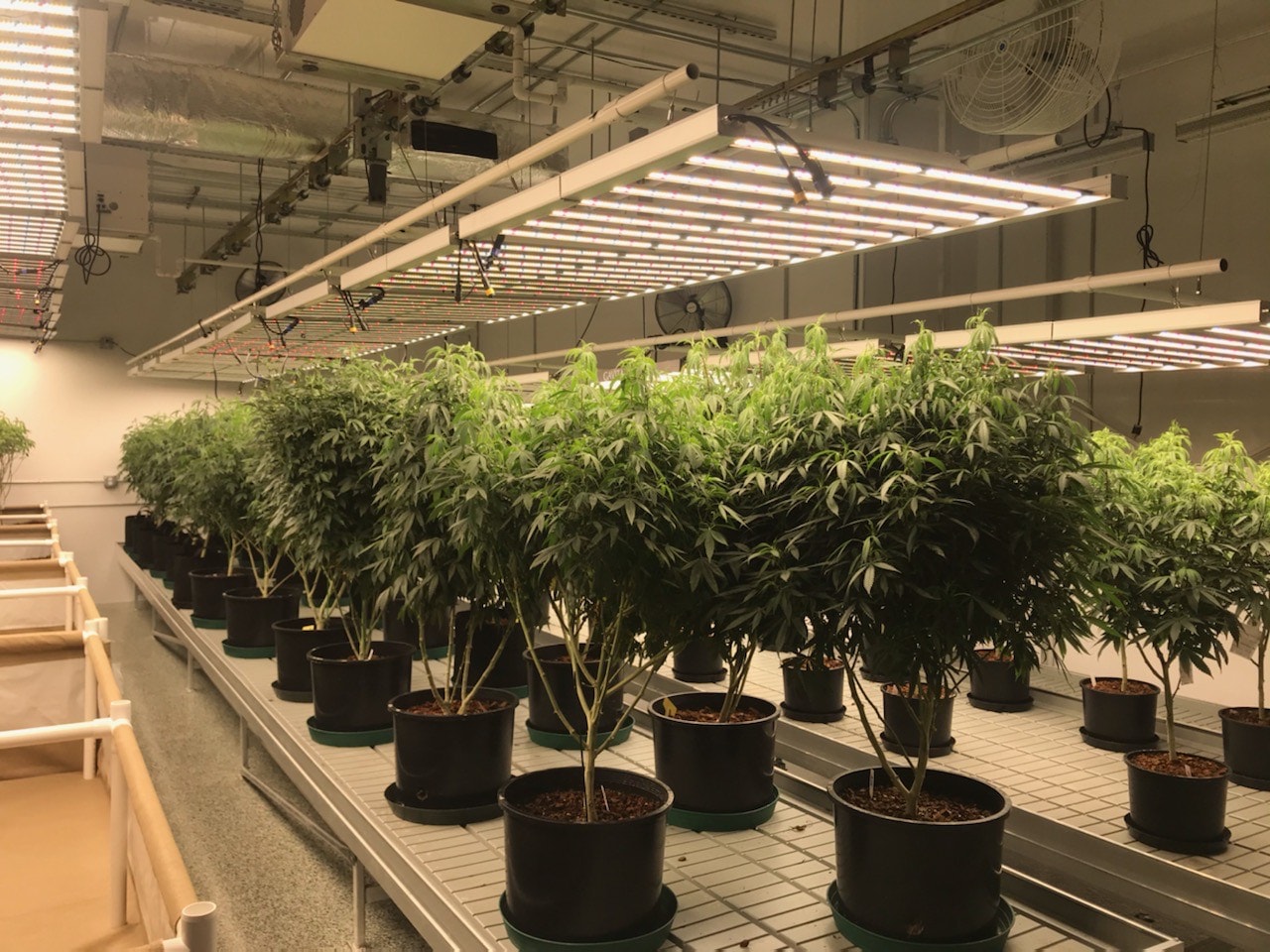Light is a necessity for plants, especially indoor plants because it acts as a catalyst in photosynthesis, and without it, the reaction is not possible. As we all know, both too much and too little light are unfavorable for plants. Whether the plants are in your backyard or inside your house (indoor plants), it is important to ensure that plants are receiving the right amount of light they need.
When plants receive too much or too little light, they show some signs. For a plant grower, it is important to keep an eye on these signs and act accordingly before anything worse happens.
Signs of Too Little Light
For indoor growers, this problem is quite common. The indoor plants are often deprived of the light they need. There are some symptoms and signs that can indicate your plant needs more light.
If you see one or more of these signs, you must increase the light exposure.
1) Change in Color
The first thing that the grower can notice is the color of the leaves.
The leaves are green due to the presence of a green pigment called chlorophyll. This green pigment appears green as it absorbs all colors except green, which is why it gives off the green light. Chlorophyll is present in the chloroplast. It has the utmost importance as photosynthesis takes place because of it. Without the process of photosynthesis, plants cannot produce their food.
We all know that plants need light to carry out photosynthesis. If the plant is receiving low light, then the process of photosynthesis will be slow, and the plant will not be able to produce sufficient food. Due to scarcity of food/energy, the plant cannot produce green pigment (chlorophyll). Consequently, there will be a change in the color of the leaves.
Finally, the green leaves will turn pale green. If the scarcity continues, it will change to yellow and then white. In the case of variegated plants, the change of color is a bit different. As they are normally white (can be another color like pink), their original color is the sign they are receiving the right amount of light. If the color of their leaves turns green, then they are receiving little light. It is because they are deprived of energy, and they try to get more energy by increasing the amount of chlorophyll in the leaves.
2) Leggy Stems
When plants do not receive enough light to produce energy and food, they cannot make new leaves. In this case, only the stem grows using the available energy/food. The stem becomes leggy, and there are fewer leaves on it. It means there will be more spacing between the leaf nodes and leaves. If you notice that the spacing between the nodes is increased and the plant is becoming thin and long, you should increase the light.
3) Wet Soil
Wet soil is another sign of too little light. Plants need light and water to make their own food. They absorb water from the soil and convert it to energy by reacting it with carbon dioxide in the presence of light. If there is little light, the plant cannot carry out photosynthesis. Consequently, it does not use water in the soil, and the soil remains wet for a long time.If you notice the soil remains wet longer than usual, your indoor plants need more light.
We will be sharing more information about this in the next article, if you have questions or inquiries about grow light, please contact our professional aokairuisi team!

